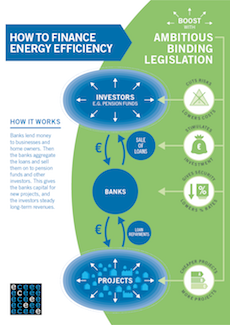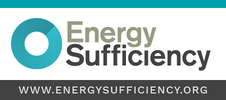The road to green hydrogen certification – and the potholes to be avoided
(EurActiv, 3 May 2022) As Europe looks to renewables to help it break free from Russian fossil fuels, the EU must ensure it comes up with robust criteria for green hydrogen and learn from the certification of biofuels, write Sacha Alberici, Gemma Toop and Corinna Klessmann.
Sacha Alberici and Gemma Toop are associate directors, and Corinna Klessmann is the director at Guidehouse consultancy.
In light of the current energy crisis, the ramp-up of green hydrogen and other renewable gases is even more urgent for Europe. The market is desperately waiting for the European Commission’s delegated act, mentioned in Article 27(3) of the Renewable Energy Directive (REDII).
This will define the criteria for counting hydrogen and its derivatives (collectively termed “Renewable Fuels of Non-Biological Origin” – RFNBOs) as renewable/green.
These criteria will determine which hydrogen will be eligible to be counted as fully renewable, not only in the evolving hydrogen market but also in renewable energy targets and green hydrogen support schemes.
Green hydrogen imports will also have to comply with these criteria to count towards EU renewable energy targets.
Article 27 of REDII distinguishes three cases for counting hydrogen as renewable:
- Counting a share of the hydrogen as renewable, equivalent to the average renewable electricity share of the grid in that country;
- Using renewable electricity from new renewables installations supplied via a direct connection;
- Sourcing renewable electricity from the grid, while proving that the renewable electricity is “additional” as well as temporally and geographically correlated with the hydrogen production.
The detailed requirements for cases 2 and 3 will be elaborated in the delegated act.
External link
![]() EurActiv, 3 May 2022: The road to green hydrogen certification – and the potholes to be avoided
EurActiv, 3 May 2022: The road to green hydrogen certification – and the potholes to be avoided










